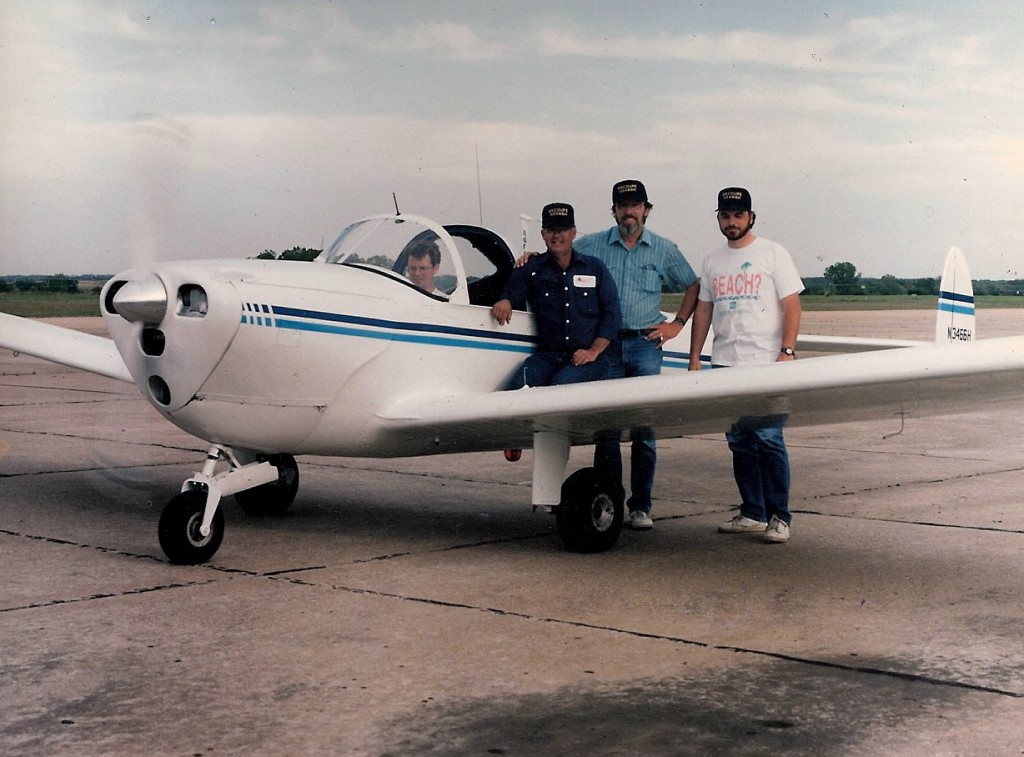For this month’s Blogging in Formation series, we formation bloggers are guest-posting on each other’s blogs, just to shake things up a little. Smart Flight Training has the honor of hosting iFlyBlog‘s Brent Owens. Enjoy the read… I certainly did!

Here we are at the beginning of May and winter has finally released its firm grip and we can really focus on getting out there and enjoying our passion of flying.
I love May because it ushers in the air show and fly-in season for much of the Northern Hemisphere. From this point forth there will be a lot of folks burning AvGas from now until late fall.
So with that in mind, it might be time to think about abandoning the rental game and become a full-fledged airplane owner.
It might seem like a daunting task, but it’s really not rocket science. It comes down to a few simple questions and a little bit of homework.
Let’s walk through it.
The first and most important step is to know what you plan to do with the airplane. You need to be really honest with yourself on this. Do you just fly locally or do you need a full-IFR cross country family wagon? Do you want to do aerobatics? Do love going fast or does low-n-slow sound more appealing?
Your budget will drive some of this decision-making. You might really want a fast XC machine, but if the budget won’t allow you might shift gears go a completely different direction. If the budget is a concern you can also consider partnerships. Co-ownership can really make the cost of ownership a lot easier to swallow.
So with mission and budget settled, the fun part begins. This is the hunt for the machine that fits these two parameters.
I could spend hours (or days) looking through Trade-a-Plane or Barnstormers.com. As you narrow in on what you want, you need to get forensic with your research. This will keep you from purchasing a lemon.
After you have settled on the Make/Model and you know what to look for and what to ask, it’s time to get serious and create a short list of airplanes for sale that you’ll actually inquire about.
That list will vet down to less than a half dozen final candidates that you might go see in person.
If you are pretty sure you are going to purchase a particular airplane, it gets more detailed. You need to do a pre-purchase inspection (including all the aircraft documentation), do final negotiations on price, draw up a sales contract (optional), complete the bill-of-sale, arrange for getting it home, register the airplane with the FAA and your home state, and get trained to fly it. AOPA has an excellent guide with all the details here: https://www.aopa.org/Pilot-Resources/Aircraft-Ownership/Tips-on-Buying-Used-Aircraft.aspx
Seems like a lot of stuff, but it’s not as hard as it looks.
Wouldn’t you love to start out the summer right with a nice airplane at the airport waiting for you to jump in at a whim and go flying?
Have a great flying season!
By Brent Owens
Brent: Thanks for the great post! I know I have considered getting together a small group of pilots and buying something like a Cherokee 180 or Cessna Skylane – a good training platform for private & instrument, but also something that can be used for long weekend trips. It’s been a dream of mine for a long time to own a plane – even if it means I have to share it!